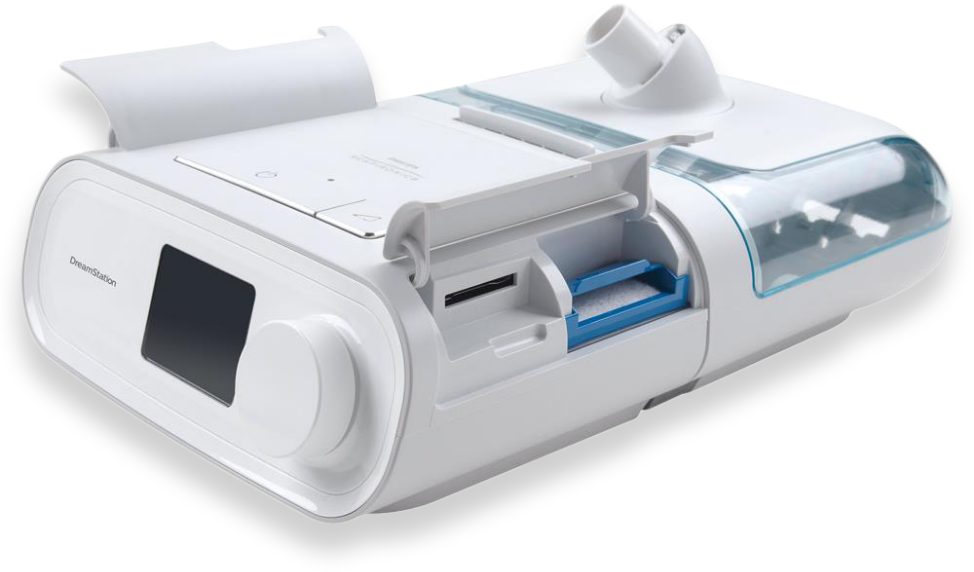Enteral Feeding Explained
Enteral feeding refers to the ingestion of food through the gastrointestinal (GI) tract, which includes the mouth, gullet (oesophagus), stomach and intestines. The way we eat on a daily basis is considered enteral feeding, however when talked about in a medical sense, enteral feeding usually refers to the ingestion of food through a feeding tube. This tube goes in through the nose, mouth or abdomen and connects all the way to a person’s stomach or intestines.
Who Needs an Enteral Feeding Tube?
In many cases, enteral feeding tubes are a temporary solution. Below are some of the reason people may need enteral feeding tubes:
- Physically unable to eat due to movement disorders or disabilities
- Unable to eat safely
- Require a larger caloric intake than they are able to consume the usual way
- Recovering from an illness, injury or surgery that renders them temporarily unable to ingest food normally
- In young children, inability to eat normally or failure to thrive
Patients for whom an enteral feeding tube is only required temporarily are able to return to normal feeding after their condition has stabilized.
Who Is Not Suitable for Enteral Feeding?
If a patient is not suitable for enteral feeding, they will be fed parenterally, or through the veins. However, enteral feeding is always preferable where possible as it mimics the regular, natural eating process. You may not be suitable for enteral feeding if your stomach or intestines do not work properly due to:
- A bowel obstruction
- Intestinal disease such as Crohn’s Disease
- Reduced blood flow to the intestines
Types of Enteral Feeding Tubes
The specific type of enteral feeding tube needed will be determined by a doctor based on the patient’s condition and digestive abilities, the size of the tube needed and how long it will be required. The most common types of tubes are as below:
- Tubes that start in the nose: The nasogastric tube (NFT) ends in the stomach while the nasoenteric tube ends in the intestines.
- Tubes that start in the mouth: The orogastric tube (OGT) ends in the stomach while the oroenteric tube ends in the intestines.
- Tubes that start in the abdomen: Gastrostomy tubes are placed through the skin on the abdomen and connects to the stomach whereas jejunostomy tubes connect to the intestines.
Complications of Enteral Feeding Tubes
Complications of feeding through a tube do not usually last long term. However, there are some temporary complications that can arise throughout the process:
- Infection or skin irritation at the insertion site
- Stomach pains or nausea resulting from feeds that are too large
- Aspiration, when food enters the lungs
- Tube lockage or dislodgement
- Refeeding syndrome, an electrolyte imbalance that can occur in severely malnourished individuals who start receiving enteral feeds
Get Enteral Feeding Solutions from Patient Solutions
Do you or a loved one require enteral feeding? At Patient Solutions, we stock nutritional products from Abbott and Nestle for adults and children as well as mothers and babies. If you have any questions about our products or would like a recommendation, please feel free to contact us.

